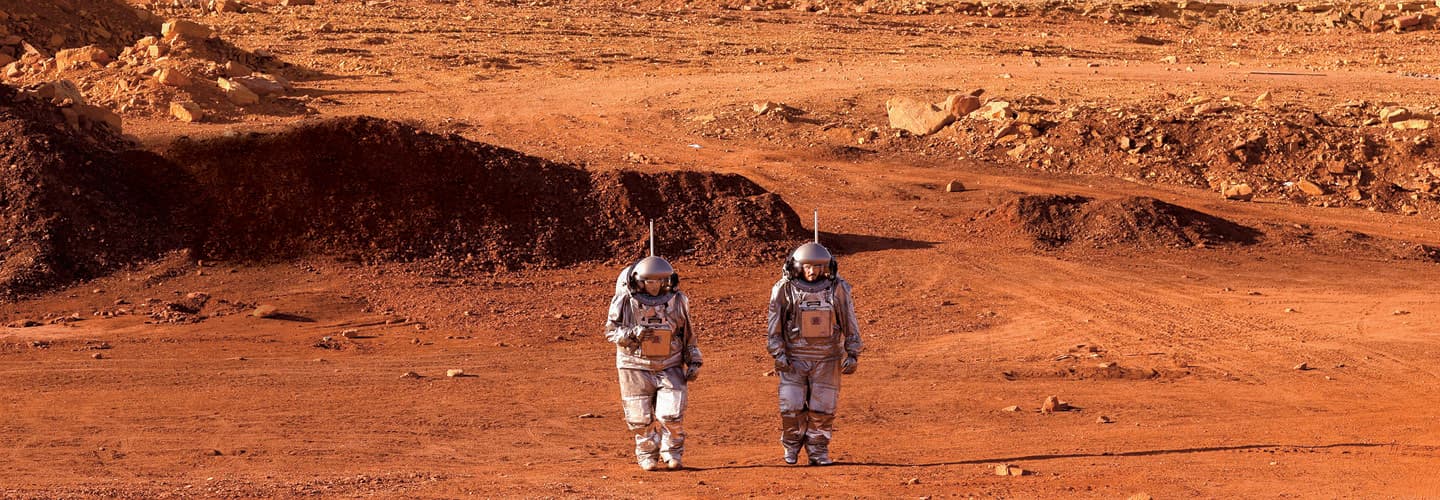Jim McMahon
These astronauts may look like they’re on Mars, but they were actually trekking through Israel’s remote Negev Desert. As part of a mission this fall called AMADEE-20, six people from Europe and Israel simulated what it would be like to live on the Red Planet for three weeks. (The people who do these simulations are called analog astronauts.) Like Mars, the Negev Desert is extremely dry and isolated, and officials note that many of the geological features are similar. Preparing for the day when humans touch down on Mars, the astronauts conducted experiments and tested equipment, hoping to identify any issues while safely on Earth. To make the expedition more authentic, they donned spacesuits outside, and all communication with mission support was delayed by 10 minutes to replicate how long it takes messages to travel between the two planets. The discoveries made on this mission will help NASA, which aims to send humans to Mars in the 2030s. Those involved also hope to get young people interested in the universe. After all, astronaut Liad Yosef from Israel notes, “this generation is going to determine the future of space exploration.”

